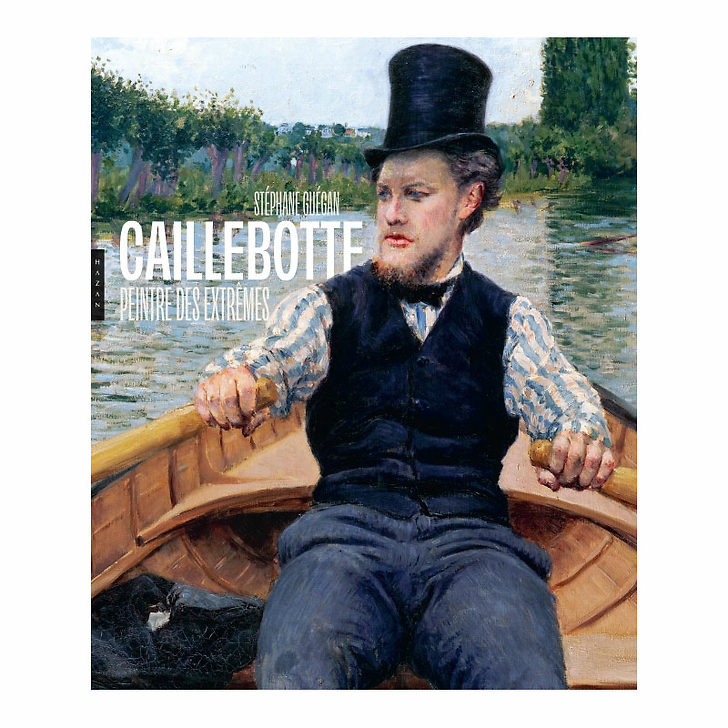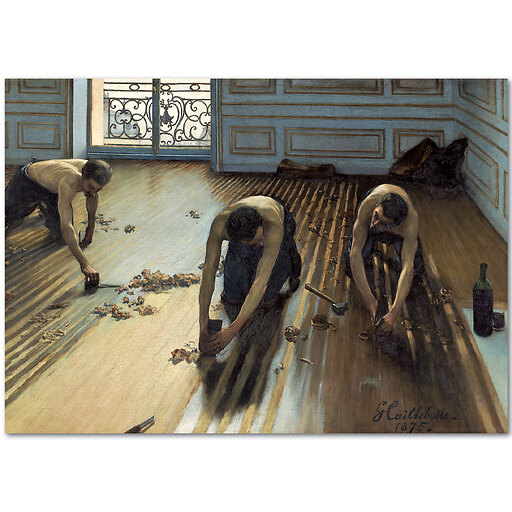Bestseller
Caillebotte. Painter of extremes
MX004479
WRITTEN IN FRENCH
Without Gustave Caillebotte (1848-1894), the course of Impressionism would have been quite different. His clean and grating painting, which was very present in the group's exhibitions, was nevertheless quickly removed from the canonical narratives of modernity. At the same time, most...
Read more
WRITTEN IN FRENCH
Without Gustave Caillebotte (1848-1894), the course of Impressionism would have been quite different. His clean and grating painting, which was very present in the group's exhibitions, was nevertheless quickly removed from the canonical narratives of modernity. At the same time, most of his masterpieces left France at the beginning of the twentieth century. And it was not until the 1950s and 1970s that we understood, once again, the historical scope of the painter and his own genius. He burst forth in his paintings of the street or the train station, the only ones to translate Haussmann's Paris in its novelty. The same Caillebotte, refusing the hegemony of the landscape, renews the nude, the portrait and the still life, imposes new points of view everywhere, in all directions, and imprints a decisive energy on the image. What is the situation today? What do recent readings of the work, determined by gender theory and the sociology of social domination, tell us? These questions, and others, which shed new light on the history of Impressionism and its legend, make this book much more than a simple monograph. Caillebotte rediscovers in it his ambition, his grandeur, his strangeness, his practice of extremes. The true painter of modern life and the city, is it not he?
French
280 pages / 300 illustrations
Hazan Publishing
Close
Sold by GrandPalaisRmn












